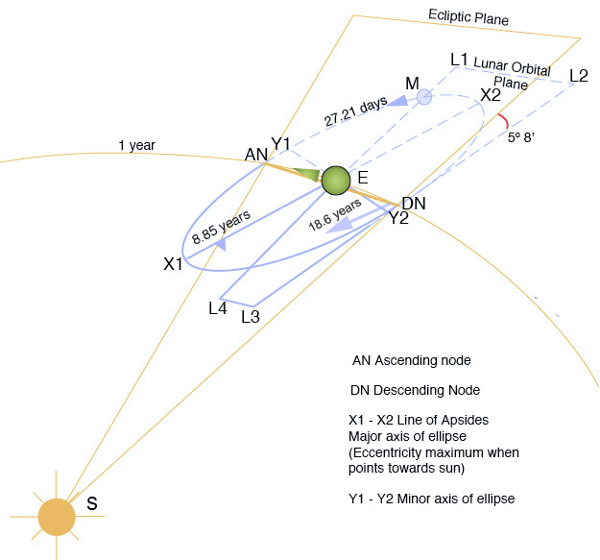Swell
My friend Cory Ericson’s debut novel, “Swell” is finally (!) available today. The publisher has put together a pretty comprehensive web site with all the details here.
It has been receiving some great press, but this comment from the head buyer at City Lights Books in San Francisco captures the book as well as anything else I’ve read:
“This is a book about whales, in much the same way that The Hitchhiker’s Guide to the Galaxy is a book about a travel guide. It riffs on the Norse sagas while creating more of its own, myths so convincing I even wikipediad them. It subverts the shared histories of the peoples of the American northeast and of northern Europe in exactly the same way a William Vollmann book wouldn’t. It is a masterpiece of the comic novel: sarcastic, self- deprecating, Candide-esque, with an absolute love of the English language, especially its poor American cousin. If you’ve ever hoped there would be just one more Douglas Adams novel….”
Cory is the guest blogger at Powell’s Books this week. You can get a feel for his style in this tale of his bare-assed abutter.
I’ve seen a few early drafts, but am looking forward to reading it again in its final form. Good luck Cory!

The Lunar Arctic Circle
Is there such a thing as a “lunar” Arctic Circle? The short answer is “yes”, though it is a much more dynamic one than the more familiar solar Arctic Circle. Unlike most moons, the orbit of our Moon is inclined relative to the Earth’s elliptic, the plane of its orbit around the Sun, as opposed to being relative the the Earth’s equator.1 The lunar inclination is approximately, 5° 8′. So, given the tilt of the Earth’s axis, 23° 26′, this puts the lunar Arctic Circle at 90 – (23° 26′ + 5° 8′) or 61° 28′. Given the right circumstances the Moon would thus be visible due north at that latitude; any further south and it would dip below the horizon.
This however is only the maximum southern limit of the lunar Arctic Circle; it does not account for the procession of the Moon’s orbit around the Earth itself. The points where the moon crosses the elliptic process counterclockwise around the Earth every 18.6 years. (See the points labelled “ascending node” and “descending node” in the diagram above.) This means that the lunar Arctic Circle oscillates ±5° 8′ relative the solar Arctic Circle over that period. Once every period the point of maximum deflection of the Moon’s orbit above the elliptic is in line with the Earth’s axis; 9.3 years later it is out of phase and thus, 5° 8′ below the elliptic making the latitude at which it would be visible due north that much higher.
So, while the limit of the lunar Arctic Circle is 61° 28′, it only reaches that latitude once every 18.6 years.
1 This is in fact one piece of evidence that the Moon was formed by an impact of Earth by a Mars-sized planetoid early in the formation of the Solar System. If the Earth and Moon were formed at the same time, the Moon’s orbit would most likely be along the axis of the Earth’s rotation, while a planetoid, orbiting on the elliptic with the Earth would have ejected material into the elliptical plane upon impact.



